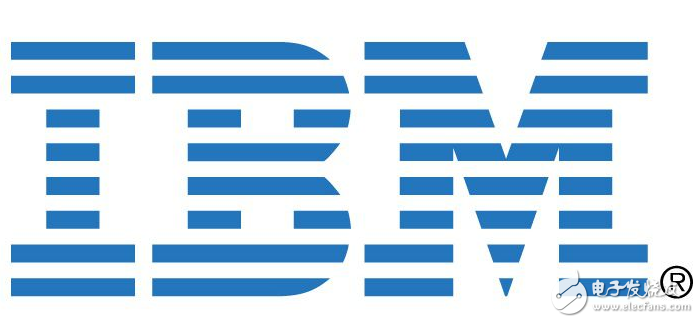At the 2017 VLSI Technology Symposium, IBM made a significant announcement regarding a new breakthrough in optical communication technology. The company unveiled the first high-speed, low-power optical receiver capable of handling data transmission rates up to 60 Gbit/s. This advanced receiver utilizes single-channel high-speed non-return-to-zero (NRZ) signaling and is built using 14nm field-effect transistors. It also features a large tolerance for digital clock and data recovery, making it highly efficient and reliable.
IBM engineer Alessandro Cevrero highlighted that this 60Gbit/s optical receiver achieves twice the performance of its predecessor while cutting transmission costs in half. The new CMOS photonics technology offers impressive sensitivity—9dB/mW—which makes it well-suited for high-bandwidth applications like cloud computing, data centers, and other high-throughput environments. This development marks a major step forward in integrating optical components directly onto silicon chips, paving the way for faster and more energy-efficient communication systems.

In optical fiber communication systems, received signals are typically very weak, requiring precise amplification without losing data integrity. However, in practice, errors and missing bits can occur. The newly developed optical receiver demonstrated an impressive bit error rate of 10^-12 during testing, meaning only one bit out of every trillion transmitted might be incorrect. This level of accuracy ensures reliable information transfer while significantly reducing power consumption compared to traditional methods.
Looking ahead, IBM is also working on matching optical transmitters, which are expected to launch next year. Together with the optical receiver, these components will form a complete CMOS-based optical communication system. In future networks, all data transmissions over distances longer than 1 meter will likely be converted into optical signals, enabling higher bandwidth, improved energy efficiency, and greater data capacity. The low power consumption of CMOS-based optical systems makes them a promising alternative to conventional copper interconnects.
Cevrero added that optical transmitters designed for data rates above 70 Gbit/s are already in production and are set to undergo testing in the fourth quarter of this year. These advancements signal a shift toward fully integrated photonic solutions, which could revolutionize how data is transmitted across modern computing and communication infrastructures.
For Xiaomi Oca,Redmi Oca Sheet Paper,Screen Oca Glue Paper,Oca Paper Sheet
Dongguan Jili Electronic Technology Co., Ltd. , https://www.jlglassoca.com
